Pepper Scoville Scale: A Fiery Journey Through Heat Levels!
Table of Contents
- Introduction to the World of Peppers
- The Pepper Scoville Scale Explained
- Practical Tips for Handling Hot Peppers
- A Buying Guide for Peppers
- Conclusion
Introduction to the World of Peppers
If you're an enthusiast of spice or a professional in the culinary world, you've likely encountered the term 'Scoville Scale.' But what exactly does it mean? The pepper Scoville scale is a measurement system that quantifies how hot a pepper really is. This isn't just trivia; understanding this scale can help you navigate the fiery landscape of peppers with confidence and precision.
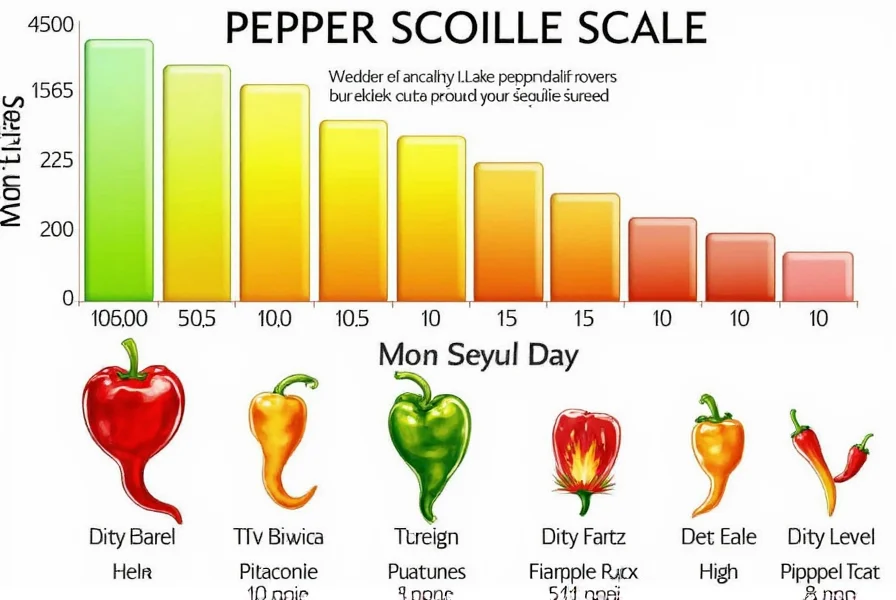
The Pepper Scoville Scale Explained
Developed by Wilbur Scoville in 1912, the Scoville scale measures the pungency (spicy heat) of chili peppers. It's based on the concentration of capsaicin, the compound responsible for the burning sensation we feel when eating spicy foods. For instance, a bell pepper scores a zero on the Scoville scale, while the infamous Carolina Reaper can reach up to 2.2 million Scoville Heat Units (SHU).
| Pepper Type | Scoville Heat Units (SHU) |
|---|---|
| Bell Pepper | 0 |
| Jalapeño | 2,500–8,000 |
| Habanero | 100,000–350,000 |
| Carolina Reaper | 1,400,000–2,200,000 |
This scale expands our understanding of how different peppers compare. Whether you're cooking up a storm in the kitchen or simply curious about which pepper might send your taste buds into overdrive, the Scoville scale offers invaluable insights.
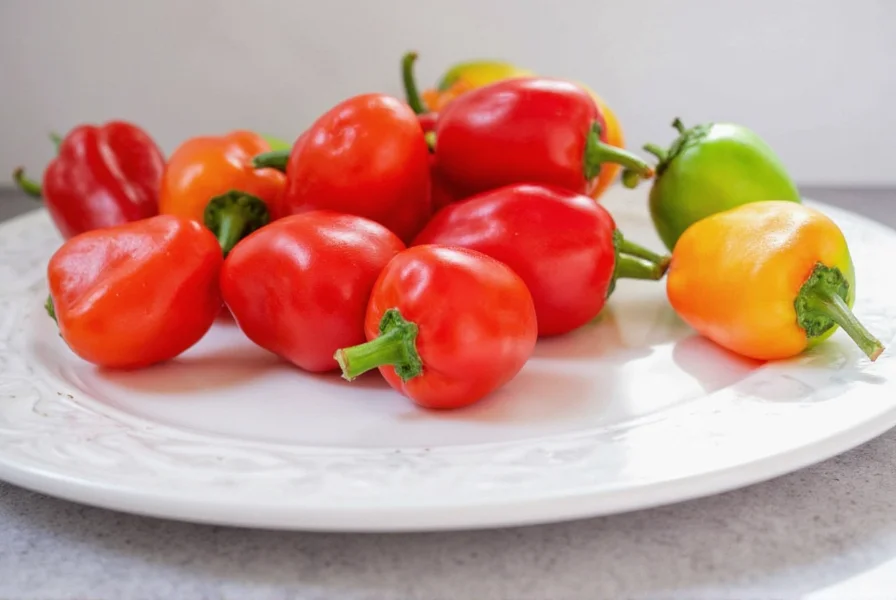
Practical Tips for Handling Hot Peppers
Handling hot peppers requires caution. Here are some practical tips:
- Wear Gloves: Capsaicin can irritate your skin, so wearing gloves is a smart move.
- Avoid Touching Your Face: Especially your eyes! Even if you're not wearing gloves, always wash your hands thoroughly after handling hot peppers.
- Cooking Reduces Heat: If a recipe seems too spicy, roasting or boiling the pepper can mellow its intensity.
- Use Dairy Products: Milk or yogurt contains casein, which helps neutralize capsaicin's effects.
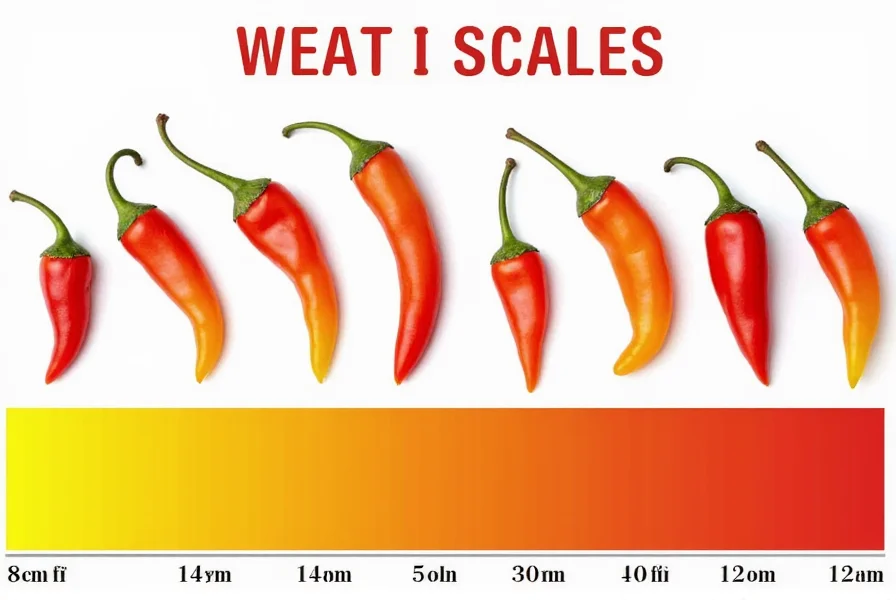
A Buying Guide for Peppers
When shopping for peppers, consider these factors:
- Type of Pepper: Decide whether you want mild (like bell peppers), medium (jalapeños), or hot (habaneros).
- Fresh vs. Dried: Fresh peppers add vibrant flavor, whereas dried ones offer concentrated heat perfect for seasoning powders.
- Seasonality: Some peppers are seasonal, so plan accordingly. For example, habaneros thrive in warmer climates and seasons.
- Purpose: Are you buying for salsas, curries, or garnishes? Different peppers suit various cuisines.
For example, the jalapeño is versatile and widely available, making it ideal for beginners who want a kick without overwhelming their palate. On the other hand, the Bhut Jolokia (Ghost Pepper) at around 1 million SHU is better suited for experienced spice lovers or those creating extreme-hot dishes.
Product Features
- Jalapeño: Perfect for everyday use, with moderate heat and juicy texture.
- Habanero: Offers fruity undertones alongside intense heat, great for adventurous cooks.
- Carolina Reaper: Reserved for thrill-seekers due to its astronomical heat level.
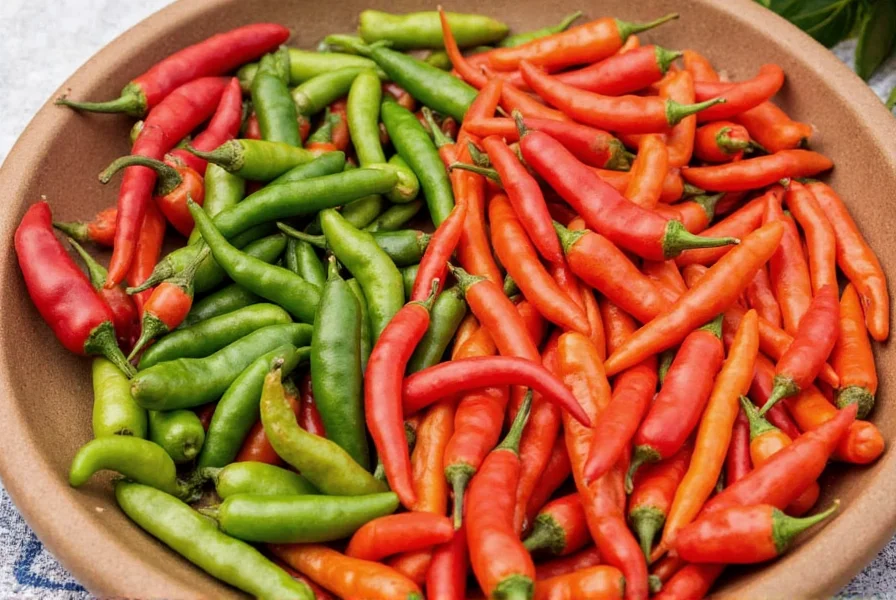
Conclusion
In conclusion, the pepper Scoville scale provides a fascinating glimpse into the diverse world of chili peppers. By understanding the scale and following practical tips, you can safely experiment with varying levels of spiciness. Remember, the key lies in knowing your limits and choosing peppers that align with your culinary goals. Happy cooking and enjoy the heat responsibly!
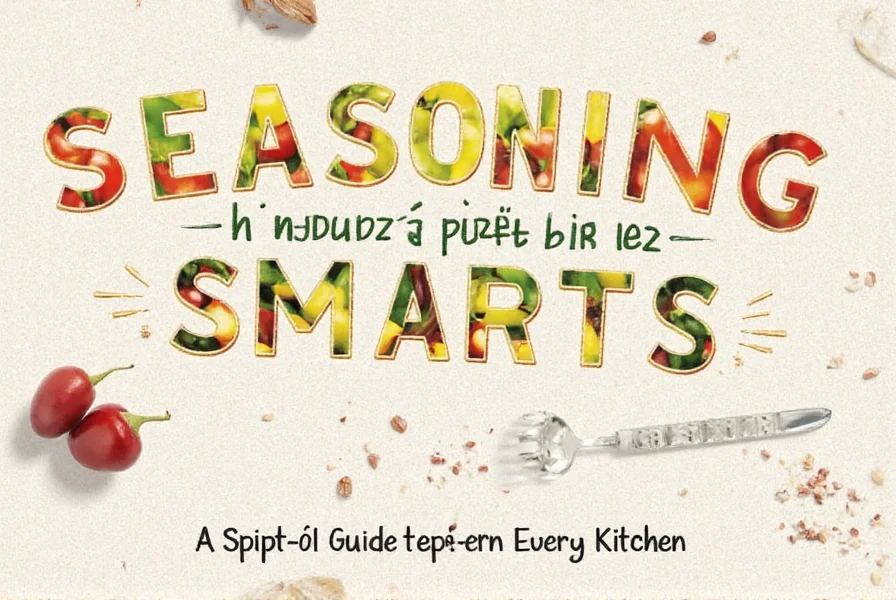

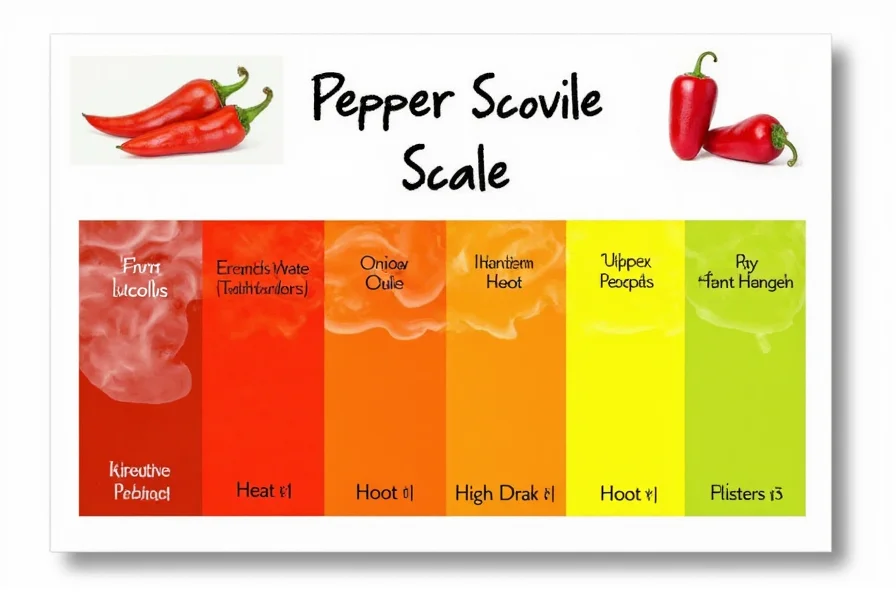









 浙公网安备
33010002000092号
浙公网安备
33010002000092号 浙B2-20120091-4
浙B2-20120091-4